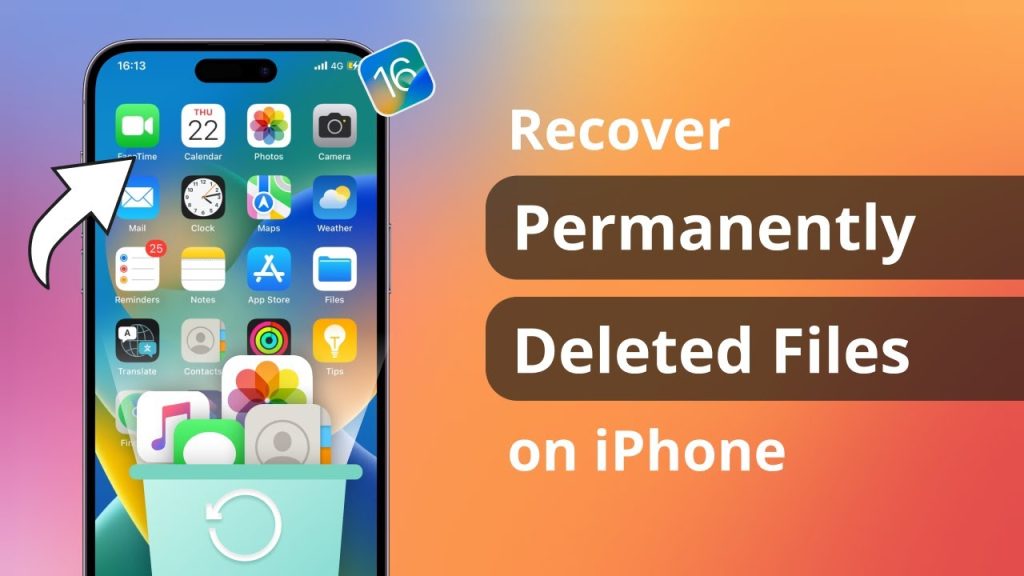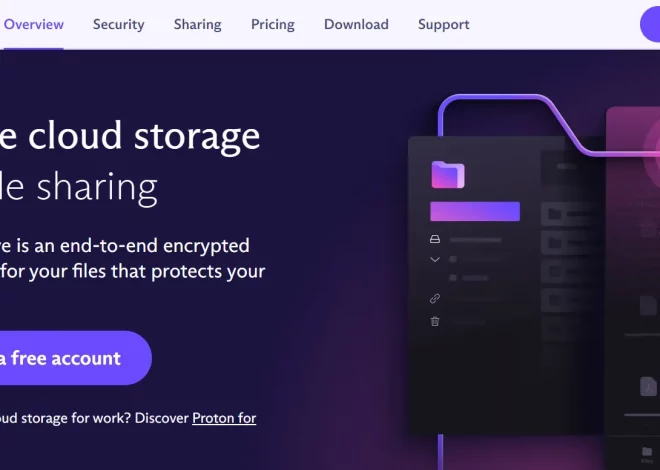
How to Recover Deleted Files and Photos on Your Android or iPhone
Losing important files or memorable photos can be a nightmare for anyone. Whether it’s due to accidental deletion, software glitches, or even a damaged device, the thought of losing precious data can send shivers down our spine. Fortunately, with advancements in technology, there are now various ways to recover deleted files and photos from our devices. In this article, we will be discussing some of the most effective methods to retrieve lost data on both Android and iPhone devices.
Understanding the Basics of Data Recovery

Before diving into the methods of recovering deleted files and photos, it is crucial to understand the basics of data recovery. When a file or photo is deleted from a device, it is not entirely erased from the storage. Instead, only the reference to that specific file is removed, making it inaccessible to the user. The actual data still remains on the storage until it gets overwritten by new data. Hence, it is essential to act quickly when trying to recover deleted files and photos.
There are various tools and software available that claim to recover deleted data successfully. However, it is essential to choose a reliable and trusted source to prevent potential harm to your device or further loss of data. Now, let’s take a look at the different methods to recover deleted files and photos on Android and iPhone devices.
Recovering Deleted Files and Photos on Android
Android devices have become an integral part of our daily lives. We store a vast amount of data, including photos, videos, documents, and more, on our smartphones. Losing any of this vital information can be devastating. Fortunately, there are ways to retrieve deleted files and photos on Android devices. Let’s explore some of the most effective methods.
Method 1: Using Google Drive Backup
Google Drive is a cloud storage service provided by Google, which offers users up to 15GB of free storage space. It also has a backup feature that automatically backs up your device’s data, including photos and files. If you have enabled the backup feature on your Android device, there is a possibility that your deleted files and photos may still be available on Google Drive.
To check if your deleted data is available on Google Drive, follow these steps:
- Open the Google Drive app on your Android device.
- Tap on the hamburger menu on the top-left corner.
- Select “Trash” from the list of options.
- If you find your deleted file or photo in the trash folder, tap on it and select “Restore” to retrieve it back to its original location.
Note: The deleted file or photo will only be available on Google Drive if it had been backed up before being deleted.
Method 2: Using a File Recovery App
There are various file recovery apps available on the Google Play Store that claim to recover deleted files and photos from Android devices. These apps work by scanning the device’s internal or external storage for any recoverable data and restoring them to their original location. Some popular file recovery apps for Android include DiskDigger, EaseUS MobiSaver, and Dr.Fone Data Recovery.
To use a file recovery app, follow these steps:
- Download and install a reliable file recovery app from the Google Play Store.
- Launch the app and follow the instructions to grant necessary permissions.
- Select the type of data you want to recover (files or photos).
- Choose the storage location where the data was deleted (internal or external storage).
- Wait for the app to scan for any recoverable data.
- Select the files or photos you want to restore and click on “Recover.”
Note: Some file recovery apps may require root access to your device, which can void its warranty and expose it to potential security risks.
Method 3: Using a Desktop Software
If your deleted files and photos are not available on Google Drive or cannot be recovered using a mobile app, you can turn to desktop software for help. There is a wide range of data recovery software available that can help retrieve lost data from Android devices. Some popular options include Recuva, Wondershare Recoverit, and EaseUS Data Recovery Wizard.
To use a desktop software for data recovery, follow these steps:
- Download and install a reliable data recovery software on your desktop.
- Connect your Android device to the computer using a USB cable.
- Follow the instructions to enable USB debugging on your device (Settings > Developer options > USB debugging).
- Launch the software and select “Android Data Recovery” from the list of options.
- Choose the types of data you want to recover (files, photos, videos, etc.).
- Select the storage location where the data was deleted (internal or external storage).
- Click on “Start” to begin the scanning process.
- Once the scan is complete, select the files or photos you want to restore and click on “Recover.”
Note: Desktop software may come with a price tag and may require technical knowledge to operate.
Recovering Deleted Files and Photos on iPhone

Similar to Android devices, iPhone users also face the risk of losing important data due to accidental deletion, software glitches, or damaged devices. However, Apple’s iOS ecosystem offers its own set of methods to recover deleted files and photos. Let’s take a look at some of the ways to retrieve lost data on iPhones.
Method 1: Using iCloud Backup
iCloud is Apple’s cloud storage service that offers 5GB of free storage space to its users. Just like Google Drive, iCloud also has a backup feature that automatically backs up your device’s data, including photos and files. If you have enabled iCloud backup on your iPhone, there is a chance that your deleted data may still be available in the backup.
To check if your deleted data is available on iCloud, follow these steps:
- Go to Settings on your iPhone.
- Tap on “General” and then select “iPhone Storage.”
- Scroll down and tap on “Manage Storage.”
- Select “Backups” and then choose your device from the list of backups.
- If you find your deleted file or photo in the list, tap on it and select “Restore.”
Note: The deleted file or photo will only be available on iCloud if it had been backed up before being deleted.
Method 2: Using a Desktop Software
Similar to Android devices, iPhone users can also use desktop software for data recovery. However, due to Apple’s strict security measures, only a handful of software are capable of retrieving lost data from iPhones. Some popular options include EaseUS MobiSaver, Stellar Data Recovery, and Enigma Recovery.
To use a desktop software for data recovery on an iPhone, follow these steps:
- Download and install a reliable data recovery software on your desktop.
- Connect your iPhone to the computer using a USB cable.
- Launch the software and select “Recover from iOS Device” from the list of options.
- Choose the types of data you want to recover (files, photos, videos, etc.).
- Click on “Scan” to begin the scanning process.
- Once the scan is complete, select the files or photos you want to restore and click on “Recover.”
Note: Desktop software may come with a price tag and may require technical knowledge to operate.
Method 3: Contacting Apple Support
If none of the above methods work, and your lost data is not available on any backup or cannot be recovered using any software, you can always reach out to Apple support for assistance. They may be able to help you recover the lost data or provide a solution in case there is an issue with your device.
Tips to Prevent Data Loss

The best way to ensure that you never have to go through the hassle of recovering deleted files and photos is by taking precautionary measures to prevent data loss. Here are some tips to help you keep your data safe and secure:
- Regularly backup your device’s data on cloud storage or external hard drives.
- Be cautious while deleting files and photos, double-check before hitting that delete button.
- Keep your device’s software updated to avoid any potential glitches.
- Invest in a reliable antivirus software to protect your device from malware or virus attacks.
- Avoid using unreliable third-party apps that claim to offer data recovery services.
- Handle your device with care and protect it from physical damage.
Conclusion
Losing important files or memorable photos can be a stressful experience. However, with the methods mentioned above, there is still hope to retrieve lost data from our devices. The key is to act quickly and choose a reliable method to prevent further loss of data. It is also essential to take precautionary measures to avoid data loss in the future. With advancements in technology, the chances of successful data recovery are higher than ever before. So, the next time you accidentally delete an important file or photo, remember these methods and get back your precious data.


